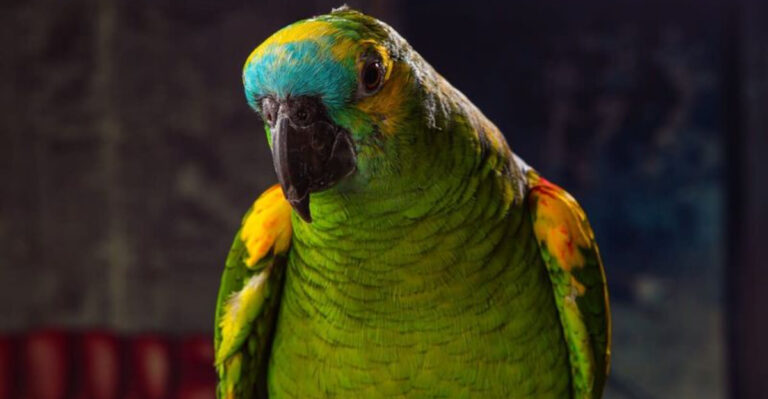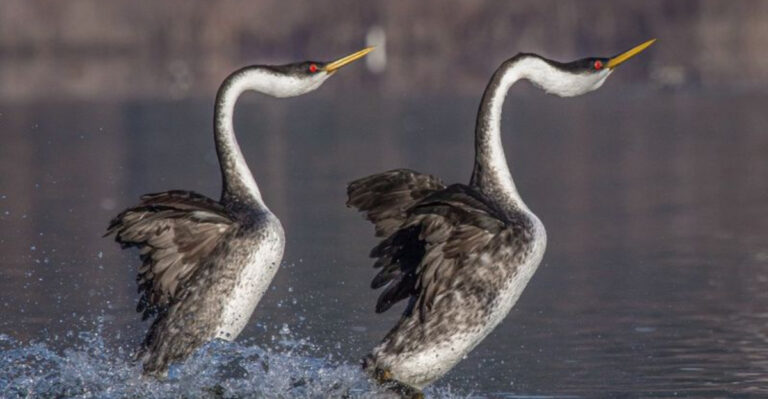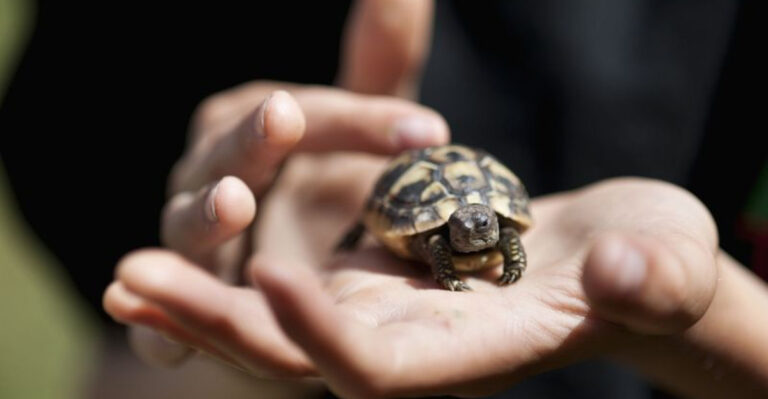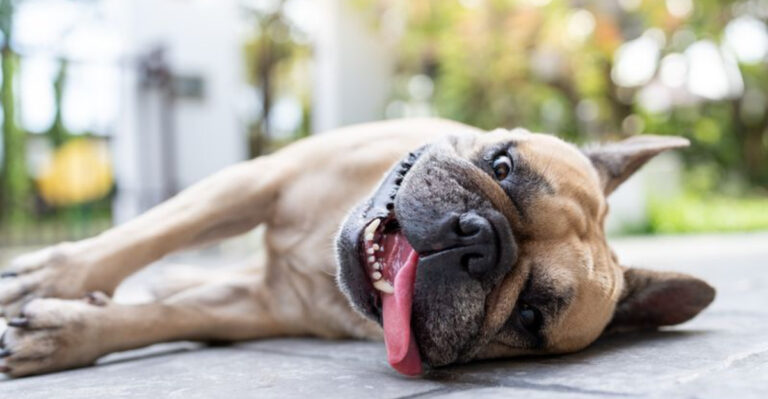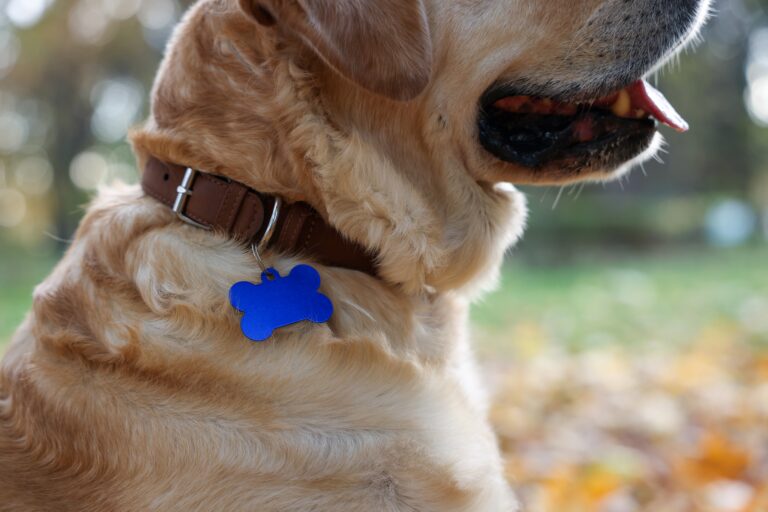10 Dogs Bred For War And 5 That Were Designed Purely For Companionship
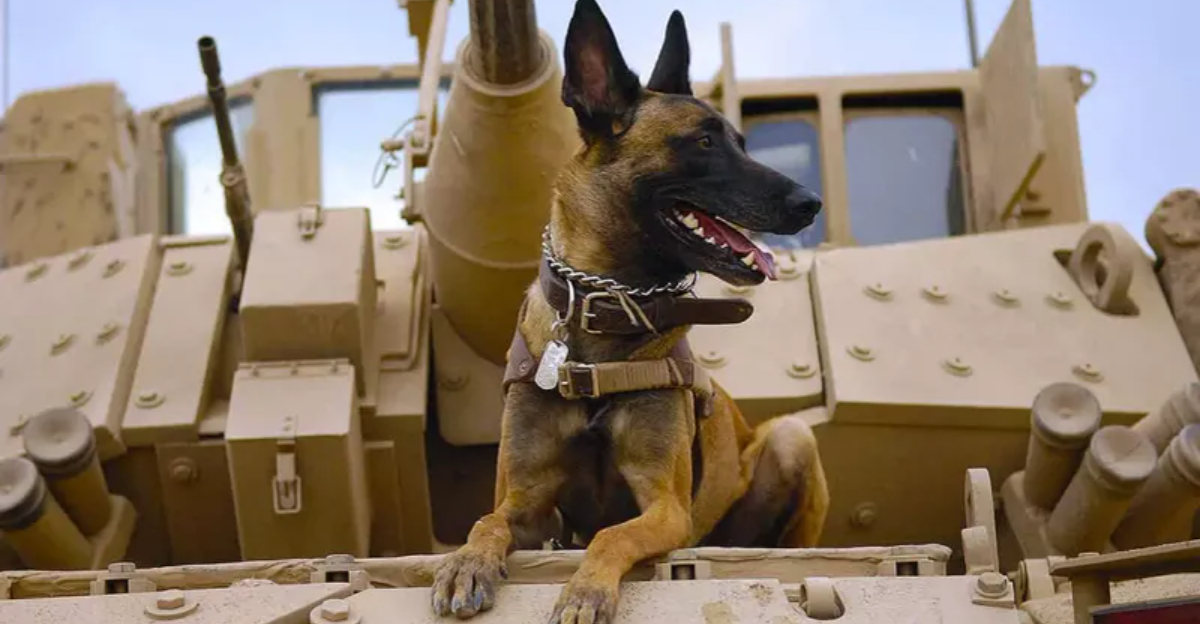
Throughout history, humans have shaped dog breeds for specific purposes, from fierce battlefield companions to gentle lap dogs. Some canines were specifically developed to be fearsome warriors, with physical and mental traits perfect for combat situations.
Others were crafted solely to provide affection and companionship, with no working purpose at all. These carefully selected traits show just how closely our histories are intertwined.
1. Fearsome Fidos: The Doberman Pinscher
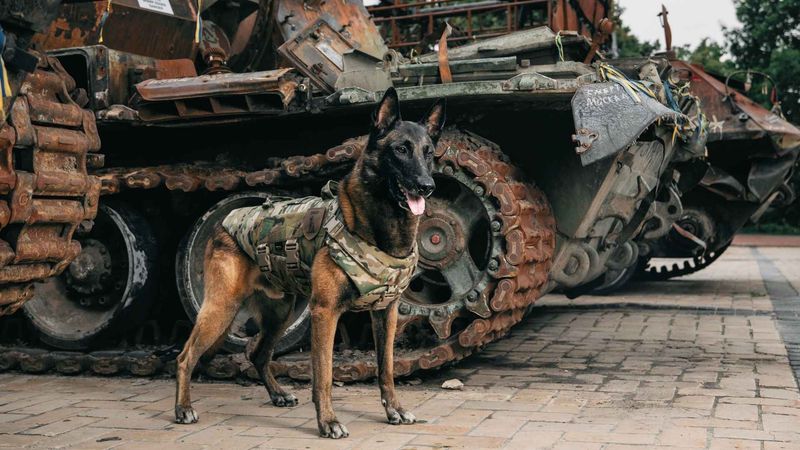
Born from a tax collector’s need for protection, these sleek guardians were specifically developed in the 1880s by Karl Friedrich Louis Dobermann. Their intimidating presence and lightning-quick reflexes made them natural police and military assets.
During World War II, the US Marine Corps deployed them as sentries and scouts in the Pacific, where they warned troops of approaching enemies and saved countless lives.
2. Ancient Warriors: The Molossus
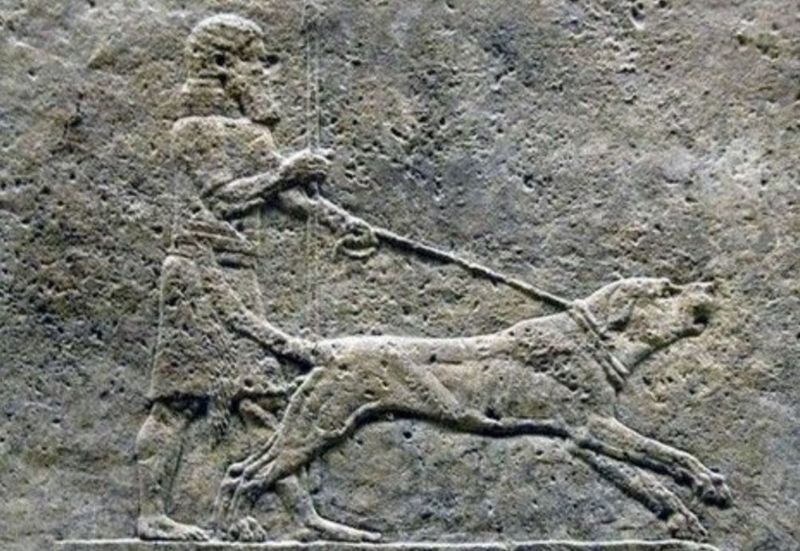
Before tanks or guns, Alexander the Great relied on these massive war dogs to terrify enemies on ancient battlefields. Standing nearly three feet tall with powerful jaws and muscular bodies, they charged into battle wearing spiked collars designed to slash enemy horses.
Though extinct today, their legacy lives on in modern mastiff breeds, carrying the genetic echo of these fearsome battlefield companions.
3. Surprise Attack: The Belgian Malinois
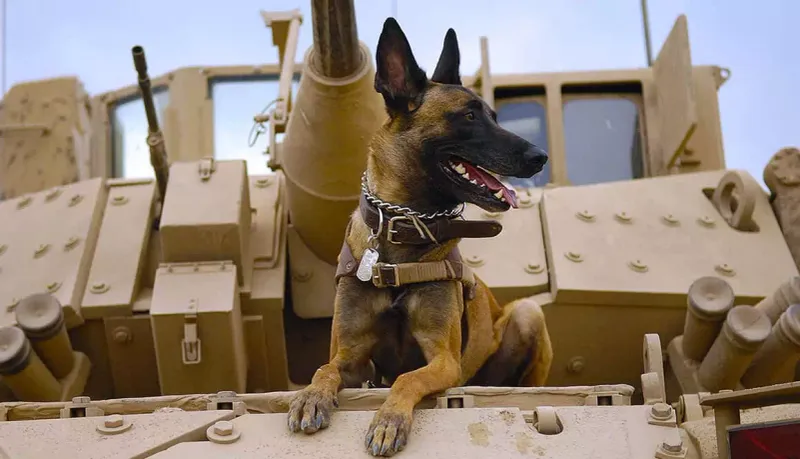
Ever wonder why elite military units worldwide choose these tawny shadows? With a bite force of 195 pounds and the ability to parachute with handlers, these athletic powerhouses take modern warfare to new heights.
Cairo, a Malinois, even joined SEAL Team Six during the Bin Laden raid! Their combination of intelligence, agility, and fierce loyalty makes them the perfect four-legged soldiers.
4. Bulletproof Courage: The German Shepherd
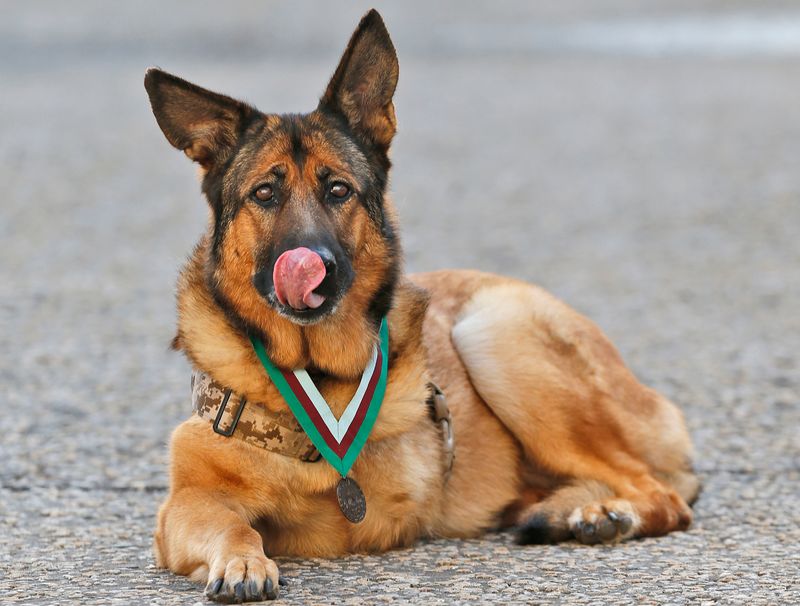
From the trenches of WWI to modern special forces, these canine commandos have earned more medals than any other breed. Their exceptional intelligence allows them to master complex tasks while maintaining unwavering courage under fire.
Stubby, a famous war Shepherd, detected gas attacks before humans could sense them. Their versatility makes them equally effective at apprehending enemies or finding wounded soldiers.
5. Silent Sentinels: The Rottweiler
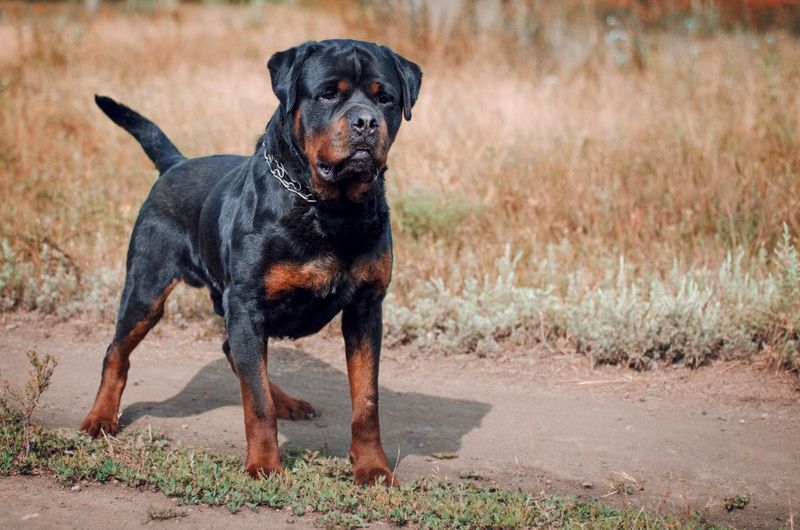
Roman legions marched across Europe with these powerful guardians protecting their cattle and camps. Their imposing presence and natural protective instinct made them perfect war companions, keeping watch while soldiers slept.
With jaws powerful enough to crush bone and unwavering loyalty, they continued their martial tradition through the centuries. Today’s military still values their combination of strength and intelligence in security operations.
6. Explosive Experts: The Labrador Retriever

Behind that wagging tail lies a secret weapon against hidden threats. These cheerful detectives use their legendary noses (220 million scent receptors!) to find landmines and IEDs that technology often misses.
Unlike aggressive war dogs, Labs serve through intelligence and precision. Their friendly appearance makes them perfect for regions where locals fear military dogs, allowing them to save lives while winning hearts.
7. Mountain Messengers: The Airedale Terrier

Known as the “King of Terriers,” these shaggy soldiers delivered critical messages through artillery fire in WWI when radio communication failed. Their distinctive wiry coat protected them in harsh conditions while carrying vital information strapped to their collars.
Jack, a famous war Airedale, delivered a message that saved an entire battalion despite being severely wounded. Their tenacity in completing missions earned them respect among troops in the trenches.
8. Arctic Allies: The Siberian Husky

When the brutal Russian winter stopped military vehicles cold, frost-resistant heroes stepped in. During WWII, Soviet forces relied on husky teams to transport supplies and evacuate wounded soldiers across frozen terrain impassable to machines.
With remarkable endurance, the dogs pulled sleds for days through relentless blizzards. One legendary team delivered vital medical supplies to a surrounded unit, covering 15 miles through enemy lines in whiteout conditions.
9. Naval Guardians: The Newfoundland
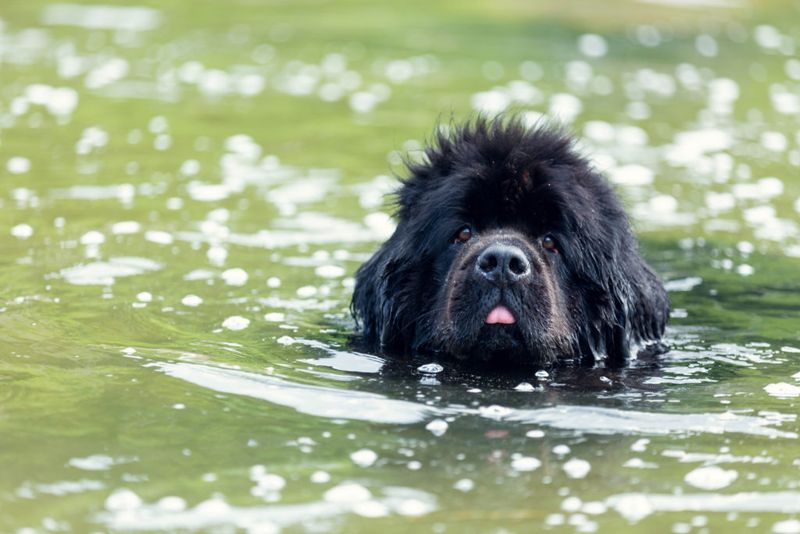
Massive paws that double as life preservers? These gentle giants served aboard warships as living rescue equipment. Their water-resistant coats and powerful swimming abilities made them perfect for rescuing sailors who fell overboard in rough seas.
During the War of 1812, one famous Newfoundland pulled a lifeboat with 20 shipwrecked sailors to shore through stormy waters.
10. Desert Scouts: The Rhodesian Ridgeback
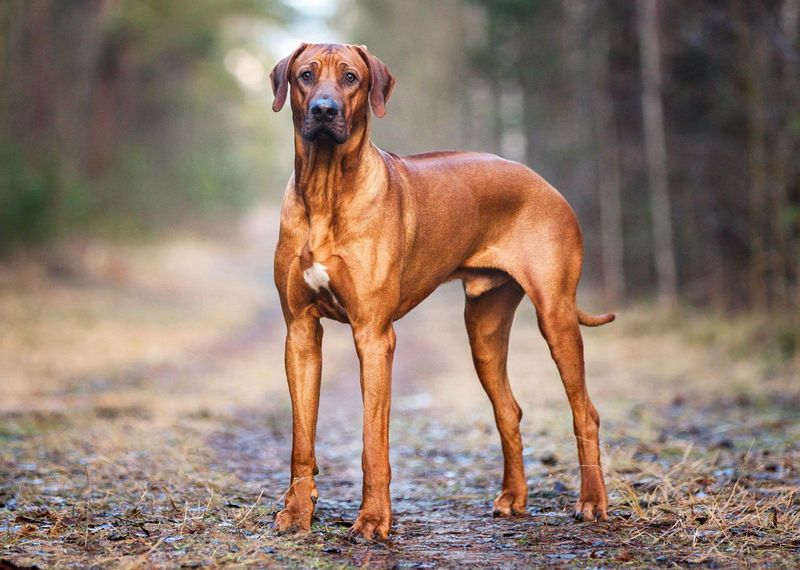
Sporting that distinctive mohawk-like ridge, these African hunters were repurposed for war in harsh environments where other breeds faltered. Their unique ability to withstand extreme heat made them valuable scouts for British forces in North Africa during WWII.
Originally bred to hold lions at bay, they fearlessly patrolled perimeters and tracked enemy movements. Their silent hunting style and remarkable stamina allowed them to cover vast distances without detection.
11. Cuddle Commandos: The Bichon Frise
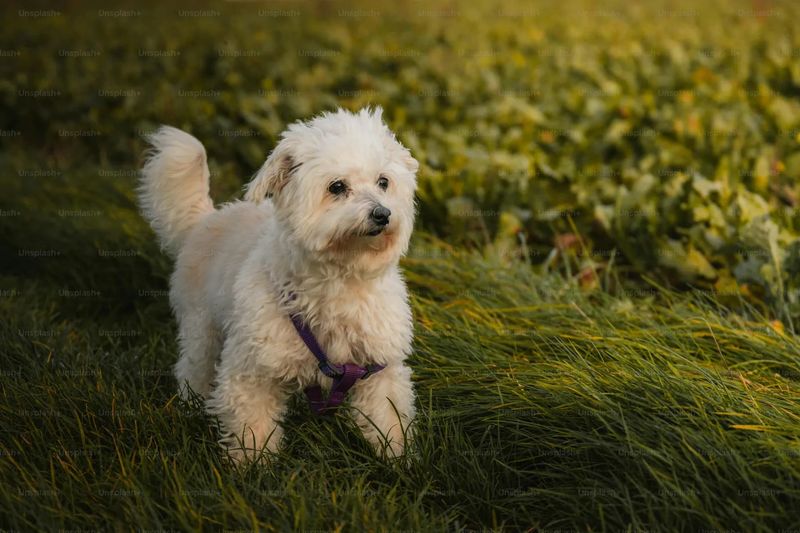
While war dogs trained for battle, these fluffy snowballs perfected the art of lap-warming since the 14th century. French and Italian nobility specifically bred them to serve as living hot water bottles and stress relievers during cold castle nights.
Hypoallergenic coats and a perpetual puppy-like appearance were intentionally cultivated for companionship. Unlike working breeds, these dogs were never meant for labor – only for love and comfort.
12. Royal Relaxers: The Pekingese
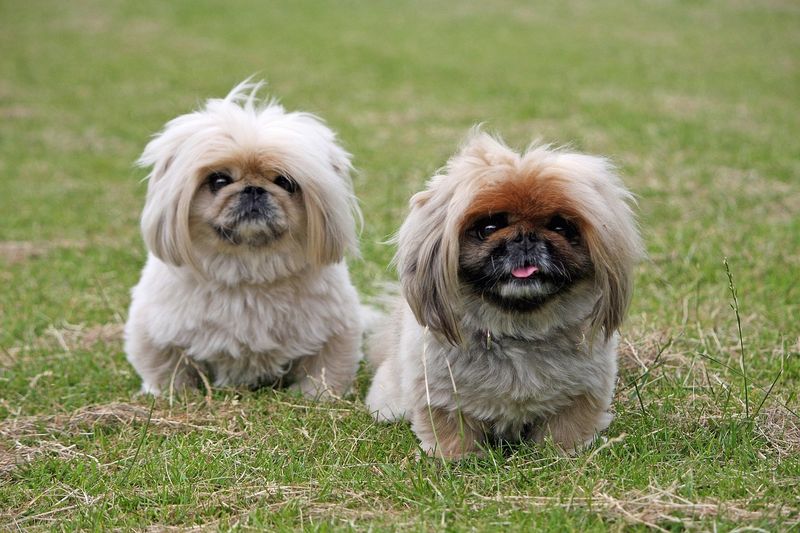
Guarded by Chinese imperial law for centuries, these flat-faced furballs were literally designed for royal laps. Legend claims they were created by Buddha himself, shrinking a lion to pocket size for companionship!
Only members of the Chinese Imperial court could own them, with theft punishable by death. Their distinctive “lion’s mane” and flattened faces were deliberately bred features meant to resemble mythical foo dogs, making them living good luck charms.
13. Sleeve Sweethearts: The Japanese Chin

Tiny enough to carry in kimono sleeves, these featherweight friends were specifically engineered to be living accessories for Japanese nobility. Distinctive flat faces and wide, expressive eyes were bred to mimic human babies, encouraging affection and care.
Unlike hunting or herding breeds, no labor was ever required of them. The famous “surprised” expression was carefully cultivated to charm and captivate their elite companions.
14. Miniature Marvels: The Cavalier King Charles Spaniel
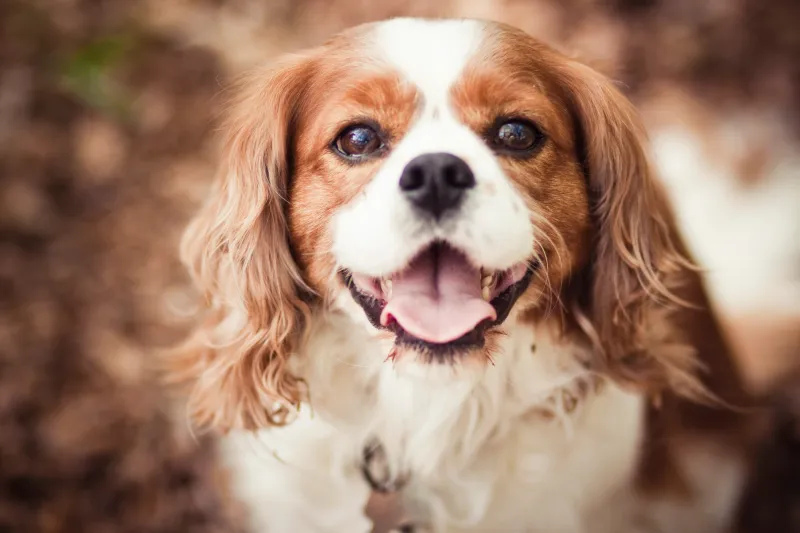
Sporting those trademark silky ears, these royal companions were specifically engineered to warm laps and hearts in drafty English castles. King Charles II was so obsessed with them that court painters couldn’t create a royal portrait without including these pampered pups.
Unlike their hunting spaniel cousins, they were deliberately bred smaller with flatter faces and bigger eyes. Their sole purpose was providing comfort during political meetings and looking adorable in royal portraits.
15. Pocket Pals: The Maltese
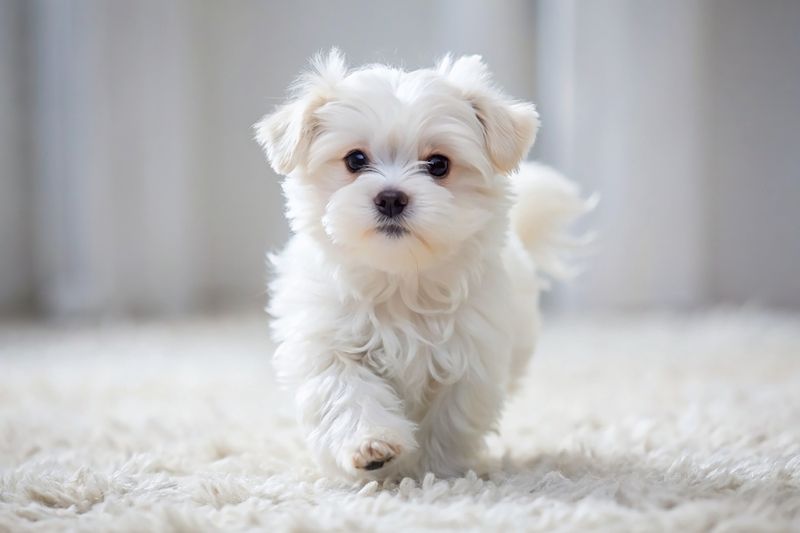
Ancient Egyptians and Romans believed these tiny white clouds held healing powers! Deliberately bred to be small enough to carry everywhere, they were living stress-relievers for ancient nobility long before therapy dogs existed.
Unlike working breeds, their evolution focused entirely on companionship traits. Their silky, non-shedding coat and button-black eyes were carefully selected over thousands of years to maximize their appeal as living comfort objects rather than functional helpers.


